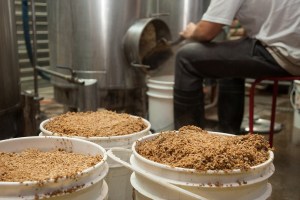 This week I take a look at some of the key process factors when lautering and sparging your all grain beer. Last week in part one, I discussed equipment design and how a filter bed forms around grain husks and creates channels that the wort flows through. I explained why a poorly designed lauter tun […]
This week I take a look at some of the key process factors when lautering and sparging your all grain beer. Last week in part one, I discussed equipment design and how a filter bed forms around grain husks and creates channels that the wort flows through. I explained why a poorly designed lauter tun […]  This week I take a look at some of the key process factors when lautering and sparging your all grain beer. Last week in part one, I discussed equipment design and how a filter bed forms around grain husks and creates channels that the wort flows through. I explained why a poorly designed lauter tun […]
This week I take a look at some of the key process factors when lautering and sparging your all grain beer. Last week in part one, I discussed equipment design and how a filter bed forms around grain husks and creates channels that the wort flows through. I explained why a poorly designed lauter tun […] 

 Brew like the pros with these 15 IPA recipes from commercial craft breweries.
Brew like the pros with these 15 IPA recipes from commercial craft breweries.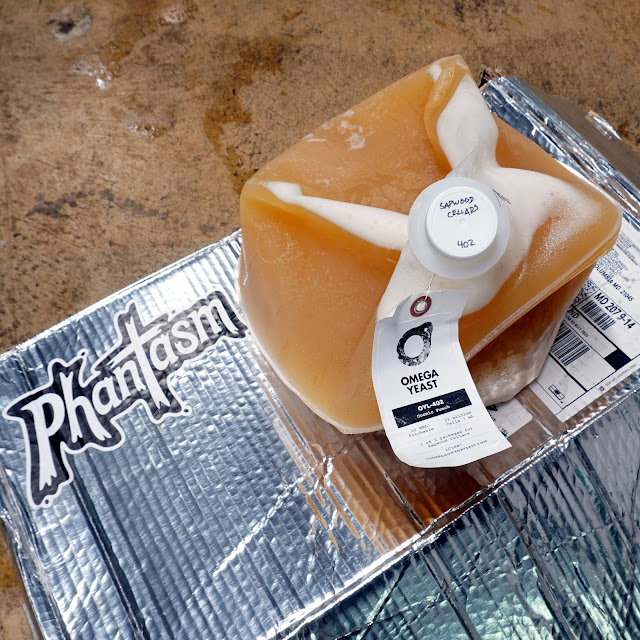
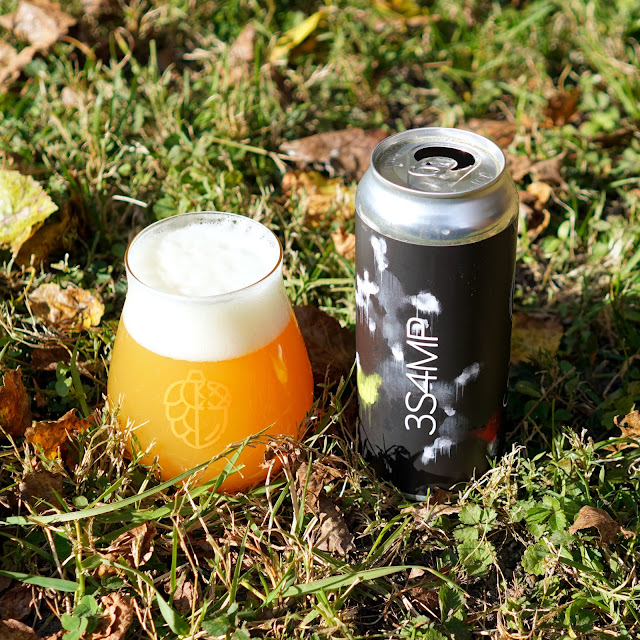
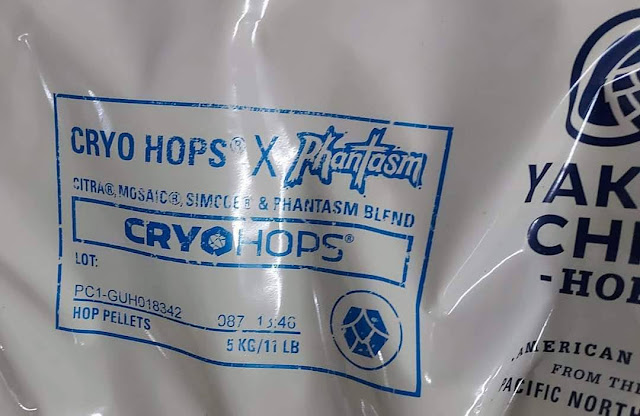
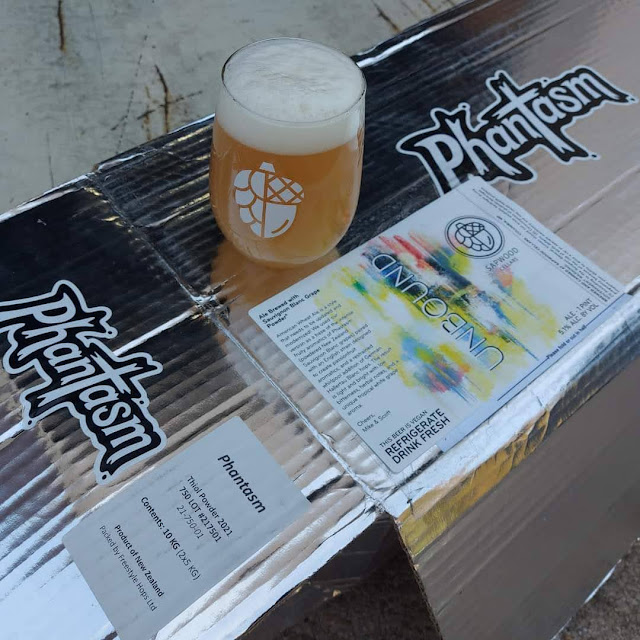
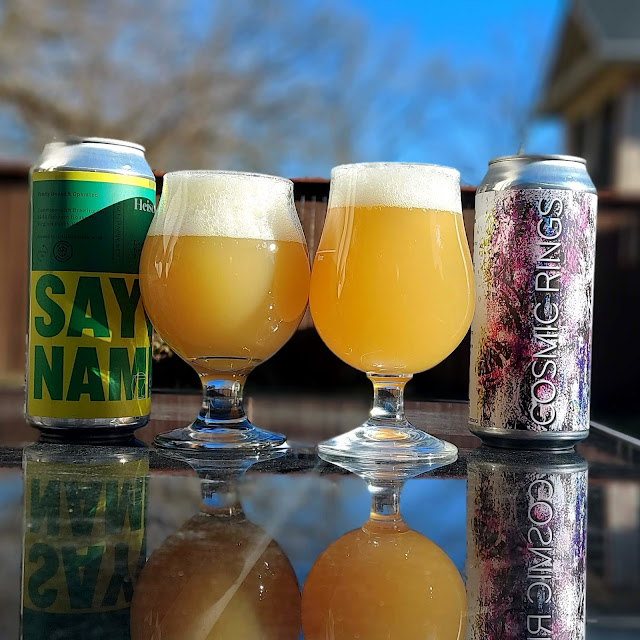
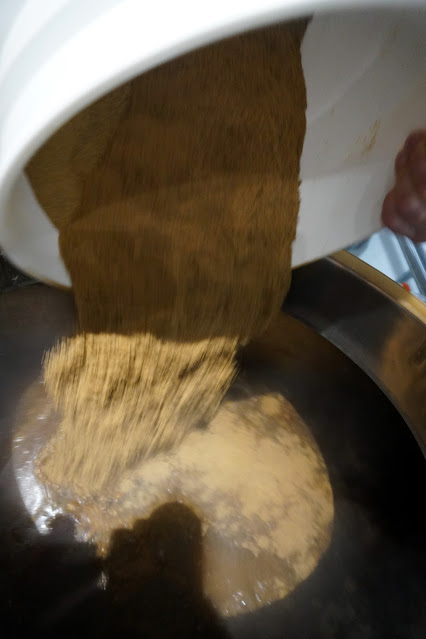
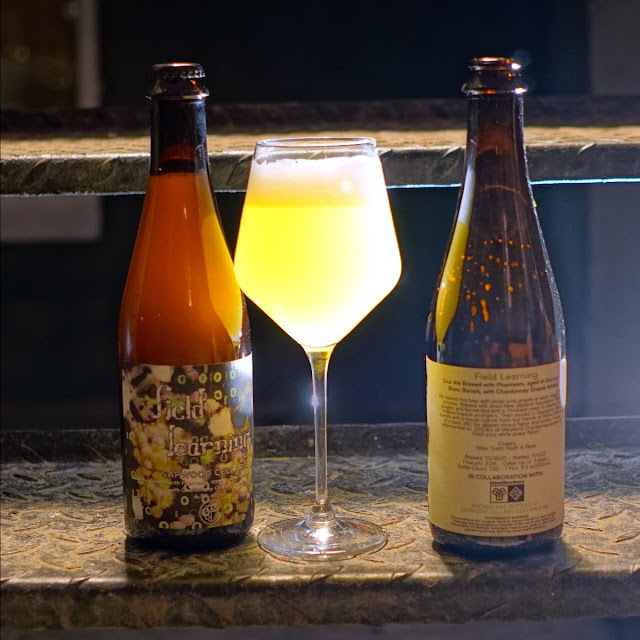
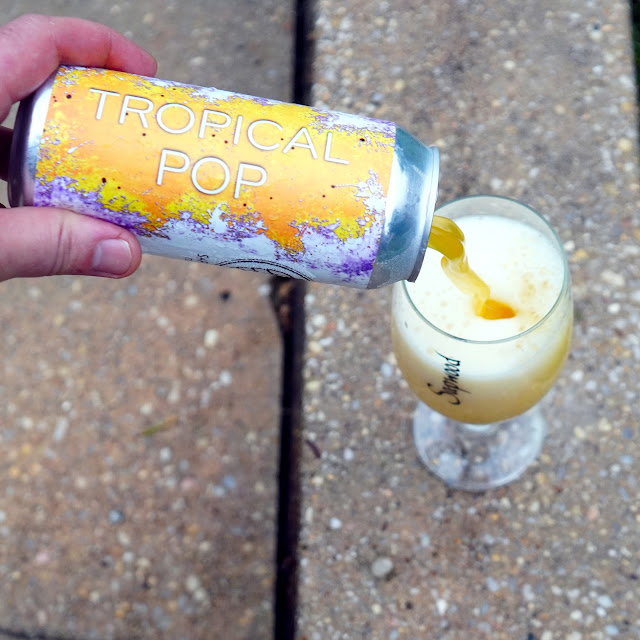

 Find out what a "clone" recipe is and why homebrewers make them. Then browse through a selection of clone recipes you can brew!
Find out what a "clone" recipe is and why homebrewers make them. Then browse through a selection of clone recipes you can brew!
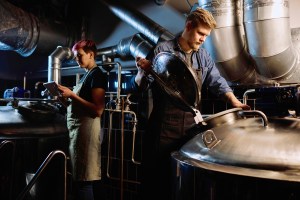
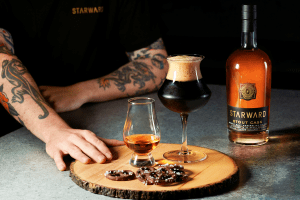

 Sourdough recipes rely on naturally occurring "wild" microbes to ferment and raise flavorful dough that expresses sourdough's signature tang.
Sourdough recipes rely on naturally occurring "wild" microbes to ferment and raise flavorful dough that expresses sourdough's signature tang.

 Caleb Meinke of Cambridge, Wisconsin, a member of the Madison Brewers and Tasters Guild, won a gold medal in Category 1: Pale American Beer during the 2022 National Homebrew Competition in Pittsburgh, Pennsylvania.
Caleb Meinke of Cambridge, Wisconsin, a member of the Madison Brewers and Tasters Guild, won a gold medal in Category 1: Pale American Beer during the 2022 National Homebrew Competition in Pittsburgh, Pennsylvania.
 The hosts of the Pop Culture Brews podcast share their homebrew recipes inspired by the original Star Wars trilogy.
The hosts of the Pop Culture Brews podcast share their homebrew recipes inspired by the original Star Wars trilogy.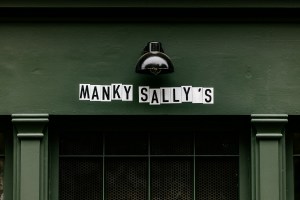






 Results from the First Round of the 2023 National Homebrew Competition (NHC) are now available.
Results from the First Round of the 2023 National Homebrew Competition (NHC) are now available. A summary of the March 2023 meeting of your American Homebrewers Association Governing Committee (GC).
A summary of the March 2023 meeting of your American Homebrewers Association Governing Committee (GC).